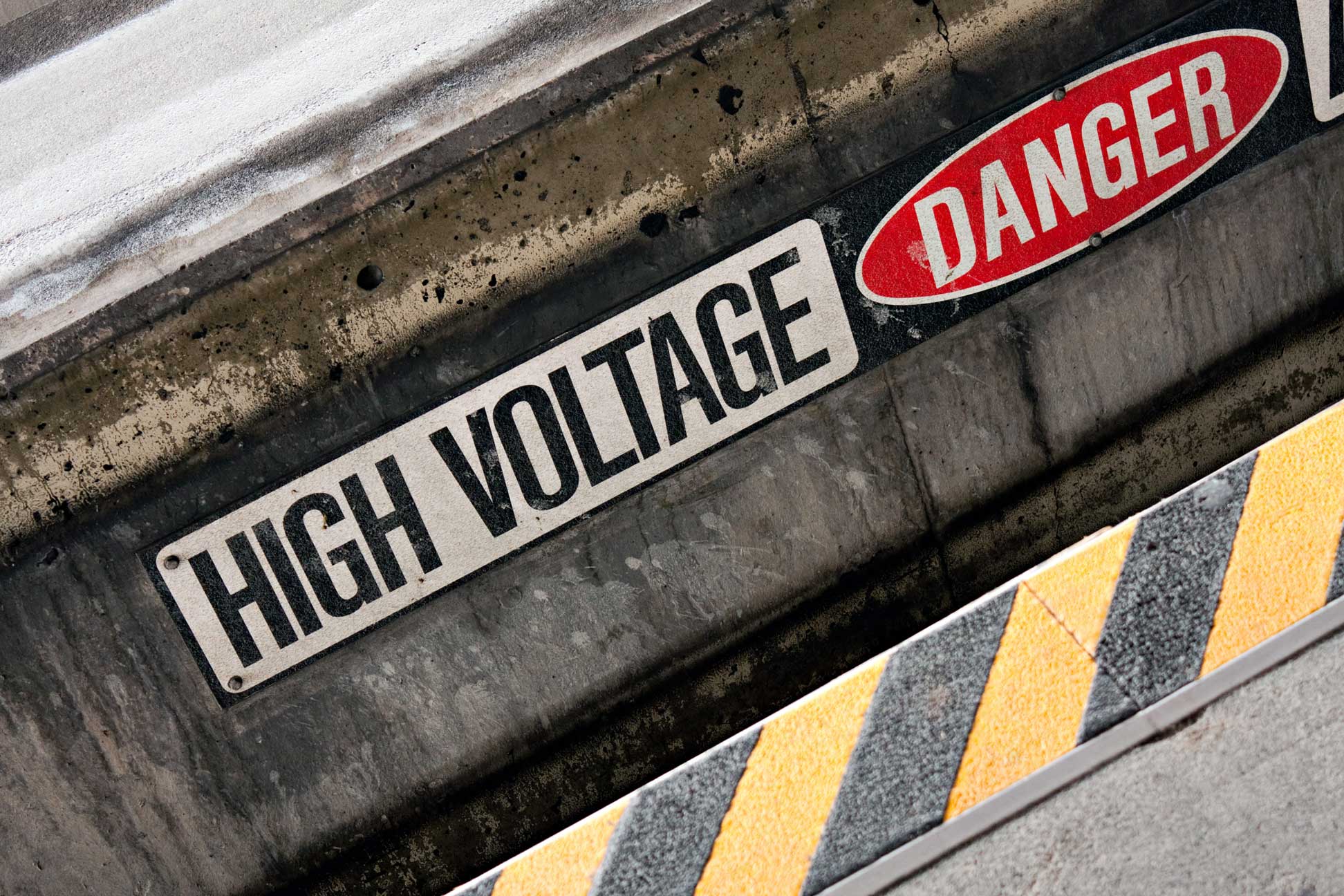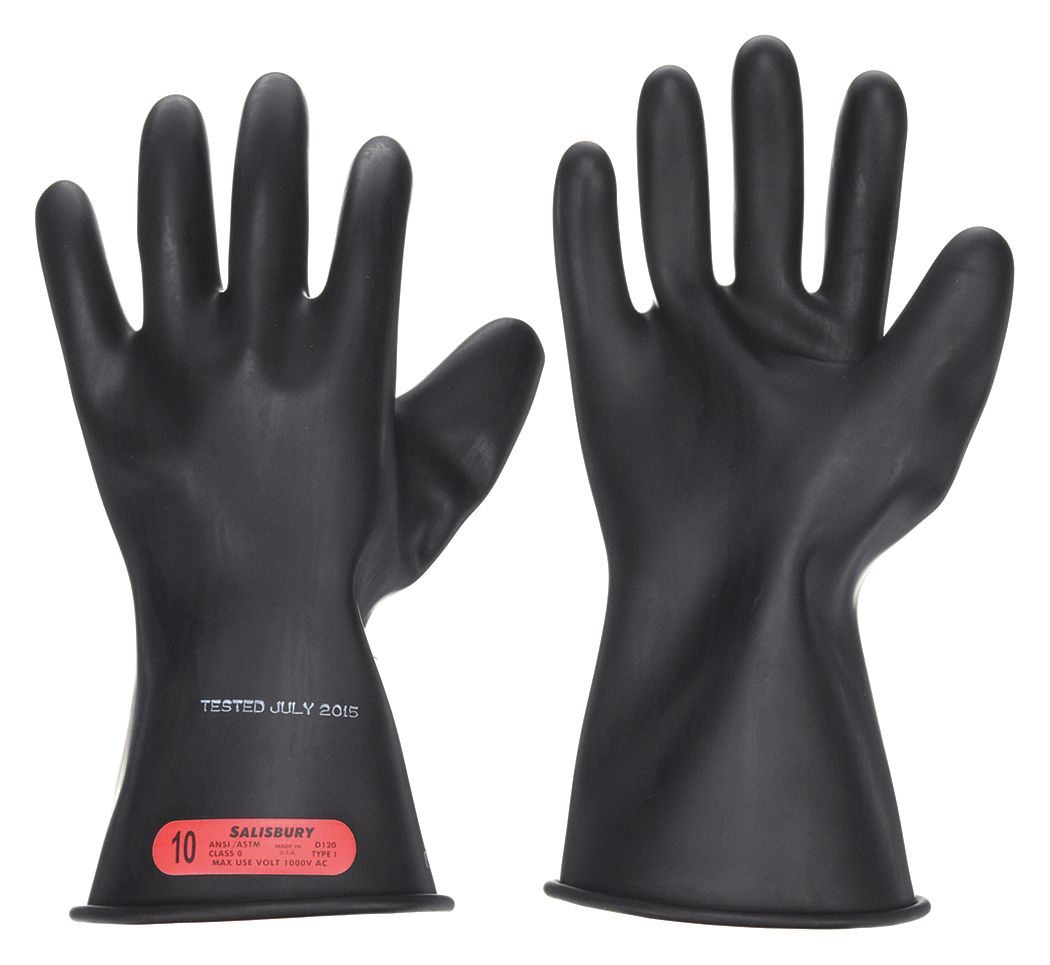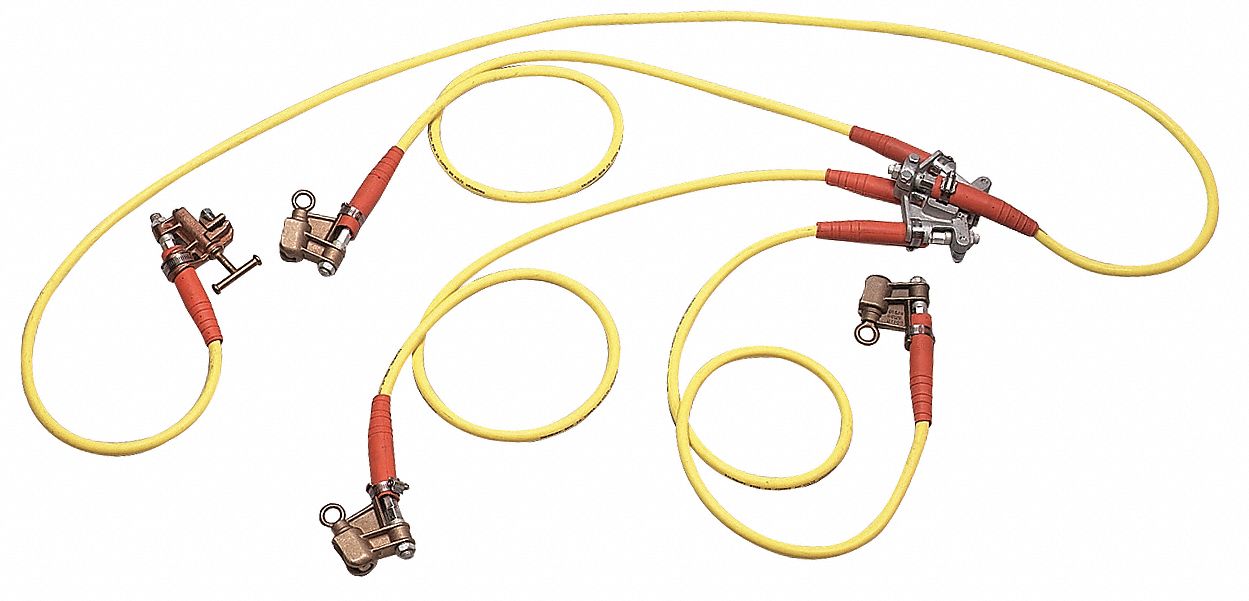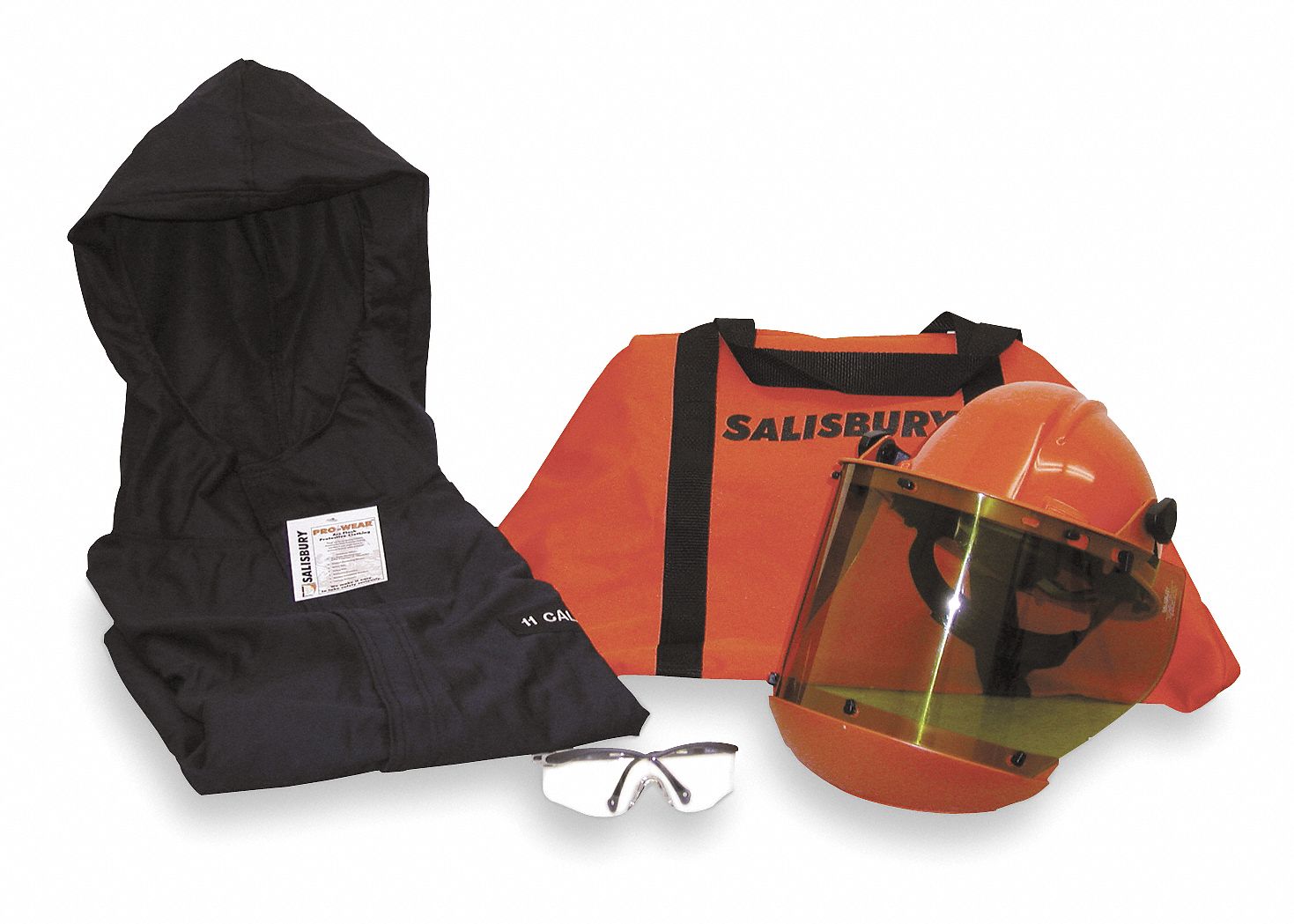

How to Avoid 7 Common Electrical Hazards at Work
By Grainger Editorial Staff 6/23/22


Workers across various industries are often unaware of the potential electrical hazards in their work environment, putting them at risk for electrocution. Over the last ten years, the Electrical Safety Foundation International (ESFI) reports workplace electrical accidents have injured more than 20,000 workers. Although electrical hazards aren’t the leading cause of workplace accidents and injuries, they can be extremely costly and are often fatal. However, following a few basic safety procedures can help prevent most on-the-job electrical injuries.
Four Main Types of Electrical Injuries
- Shock
- Burns
- Falls
- Electrocution
The National Fire Protection Association (NFPA) reports fatal electrical injuries often occur when electrical safety procedures, such as shutting off the power and giving workers appropriate tools or PPE, aren’t put into practice. According to an NFPA report, “Fatal Work Injuries Caused by Exposure to Electricity in 2020”, 56% of work injuries were caused by direct exposure to a live wire or an electrical arc. The majority of fatally injured workers were building, repairing, or cleaning (64%) or using or operating tools or machinery (22%) when they contacted an electrical power source. Although there has been progress in reducing work-related electrical fatalities over the last three decades, more can be done to improve safe work practices and raise awareness of common electrical hazards.
Here are seven common electrical workplace hazards and ways you can lower your risk of injury:
1. Overhead Power Lines
Working near overhead power can be hazardous because power lines carry extremely high voltage. According to ESFI, overhead power lines cause 40% of all electrical workplace fatalities. While electrocution is the primary risk, workers are also at risk of severe burns and falls from elevated heights. Using tools and equipment that can make accidental contact with power lines increases your risk of electrocution. Equipment that can put you at risk includes scaffolds, cranes, metal ladders, raised truck beds, and other conductive equipment. Contact utility companies to help identify active lines, cables or other power sources before work. In general, OSHA requires any vehicle or mechanical equipment capable of having parts of its structure elevated near energized overhead lines to be operated so that a clearance of 10 feet from overhead power lines is maintained. Whenever possible, de-energize power lines when working near them. Using non-conductive wood or fiberglass ladders is also helpful when working near power lines
2. Improper Grounding
One of the most common OSHA electrical violations is the control of hazardous energy from improperly grounded equipment and circuitry. You can help reduce the risk of electrocution by properly grounding equipment. All metal parts of an electrical wiring system (switch plates, light fixtures, conduit, etc.) should be grounded. Metal parts of appliances, electronics or motors plugged into an improperly grounded circuit may be energized. Electrical systems are often grounded by connecting to metal water pipes to act as a continuous path to the ground. Many electrocutions and fires occur when metal plumbing parts are replaced with a plastic pipe that does not conduct electricity during renovation or repair.
A ground fault circuit interrupter, or GFCI, can be an inexpensive life-saver. If a GCFI detects current leakage, it switches off the circuit, helping protect you from a dangerous shock.
3. Improper Wiring and Overloaded Circuits
Using the wrong size wire can cause overheating and electrical fires. Choose a wire that is suitable for the task. Extension cords should only be used temporarily and must be designed for heavy-duty use. Never try to overload an outlet by using adaptors. Regular risk assessments can help identify areas at risk of fire due to bad wiring or circuits.
4. Damaged Equipment
According to OSHA, normal wear and tear of electrical equipment could cause insulation breaks, exposed wires or short-circuits. Without adequate ground-fault protection, the electrical current could be sent through a worker’s body. OSHA recommends using double-insulated tools and equipment and GFCIs on all receptacles that aren’t connected to a building’s permanent wiring. Regularly inspect all tools and equipment for cracks, cuts and damage to wire or cords. Replace any damaged equipment immediately because exposure to damaged tools can be extremely dangerous. Whenever possible, follow lockout/tagout procedures before any electrical maintenance or repairs.
5. Damaged Insulation
The insulation inside an electrical tool or appliance can become damaged over time. Damaged insulation can cause exposed metal parts to become energized if a live wire inside touches them. Damaged insulation can cause fires, shocks, and burns. To check, turn off all power, inspect and replace any damaged insulation. Don’t try to cover damaged insulation with electrical tape.
6. Wet Conditions
All wet conditions are hazardous. You don’t always have to be standing in water to be electrocuted. Damp clothing, high humidity, and sweating increase your chances of being electrocuted. Avoid operating electrical equipment in wet, rainy or very humid conditions. Water can significantly increase the risk of electrocution, especially if the equipment you’re using has damaged insulation.
7. Exposed Electrical Parts
An electrical part is considered exposed if it is not adequately guarded, insulated or isolated. Exposed electrical parts may include open electrical panels, broken receptacles, unguarded parts or temporary lighting. These parts can cause shocks and burns. Knowing whether an exposed part may be hazardous may not always be obvious. When a closer look is needed, experts recommend using an electrical power testing device to check. Secure exposed electrical parts with a proper guarding mechanism and repair any broken parts immediately.
Electrical Safe Work Program
Electrical safety at work is everyone’s responsibility. According to OSHA (29 CFR 1910.331-335 and 399), training must be provided to employees whose work may put them at risk of electrical shock while working on or near exposed live wires or other electrical equipment. You can help keep workers safe by implementing an electrical safe work program (ESWP), to train employees on electrical safety, first aid procedures on what to do when someone is shocked, how to fight an electrical fire and how to identify hazards.
Electrical safety training should include all work practices addressed in the OSHA standard, and written lockout/tagout procedures must be provided for any work on electrical systems. To help promote electrical safety in the workplace, OSHA also relies on guidance from the NFPA and its standards published in NFPA 70E.
The information contained in this article is intended for general information purposes only and is based on information available as of the initial date of publication. No representation is made that the information or references are complete or remain current. This article is not a substitute for review of current applicable government regulations, industry standards, or other standards specific to your business and/or activities and should not be construed as legal advice or opinion. Readers with specific questions should refer to the applicable standards or consult with an attorney.











